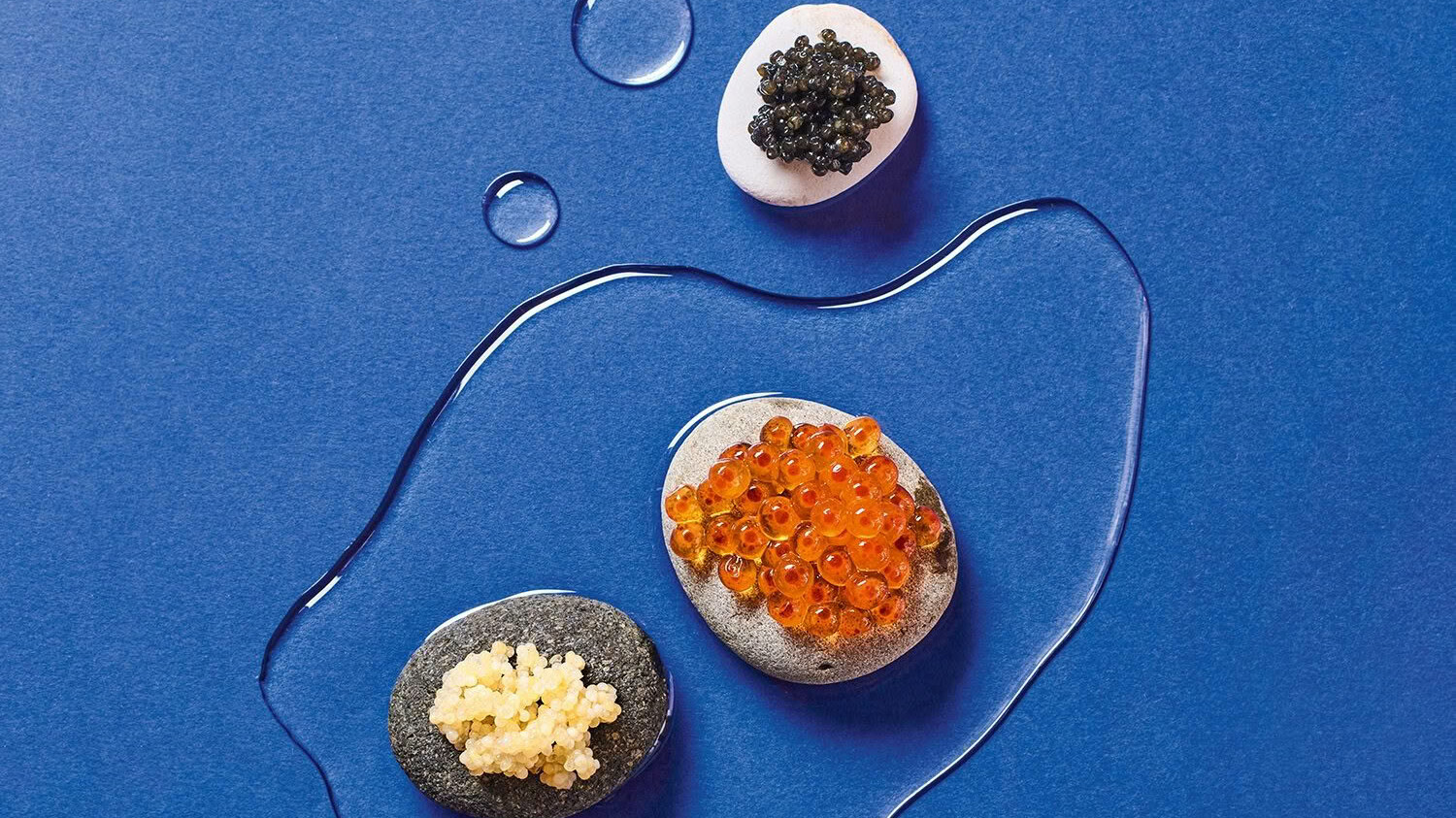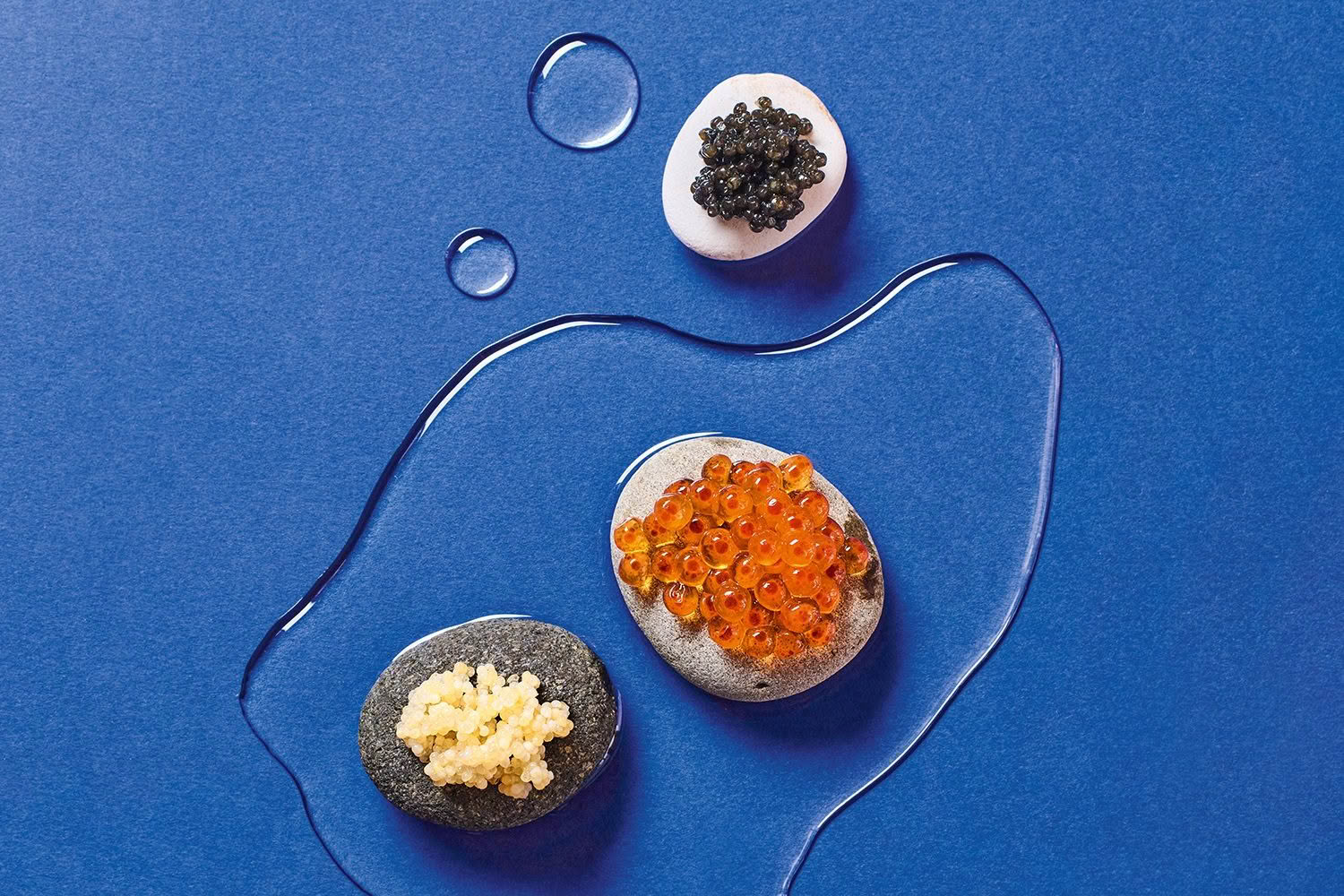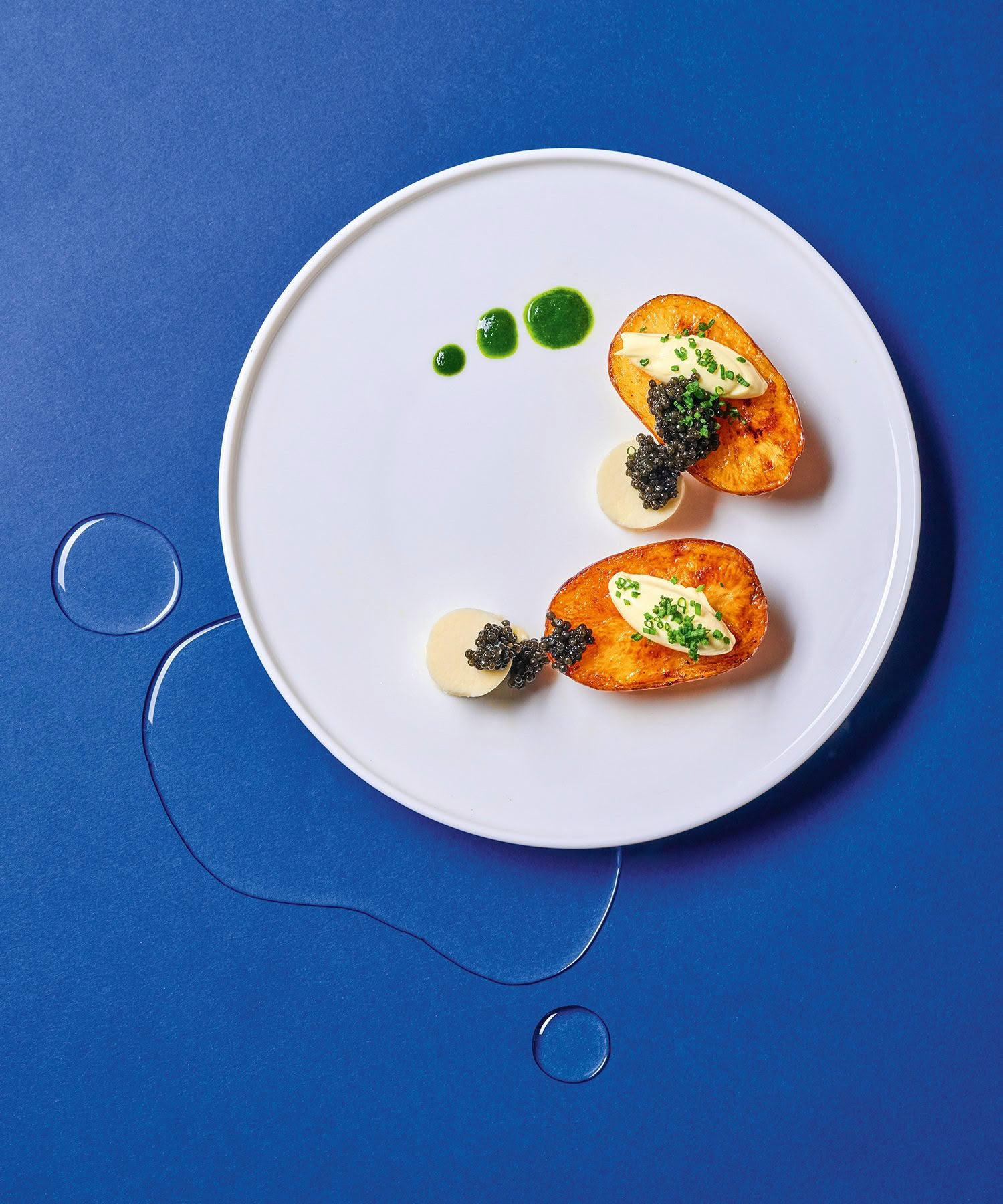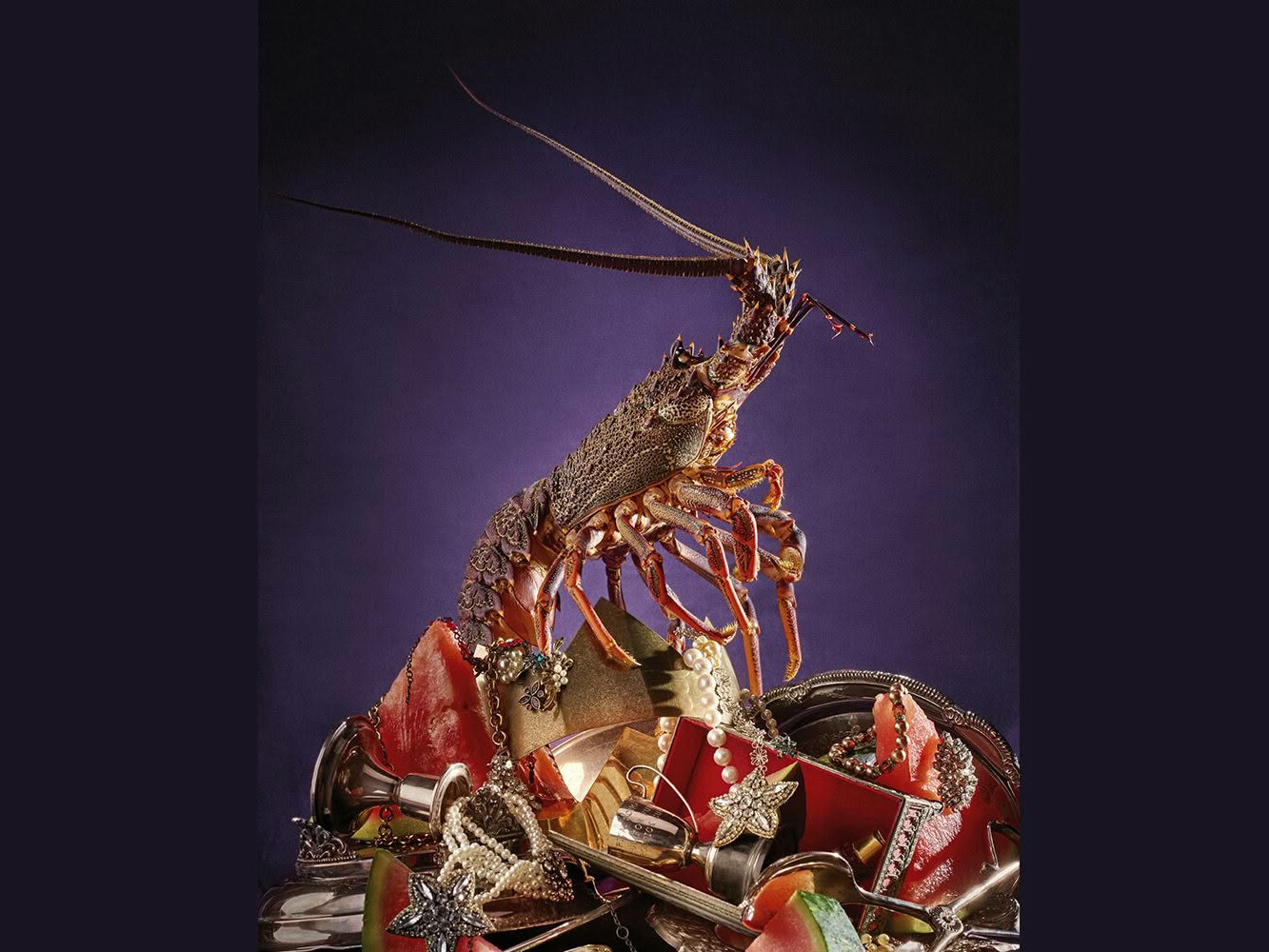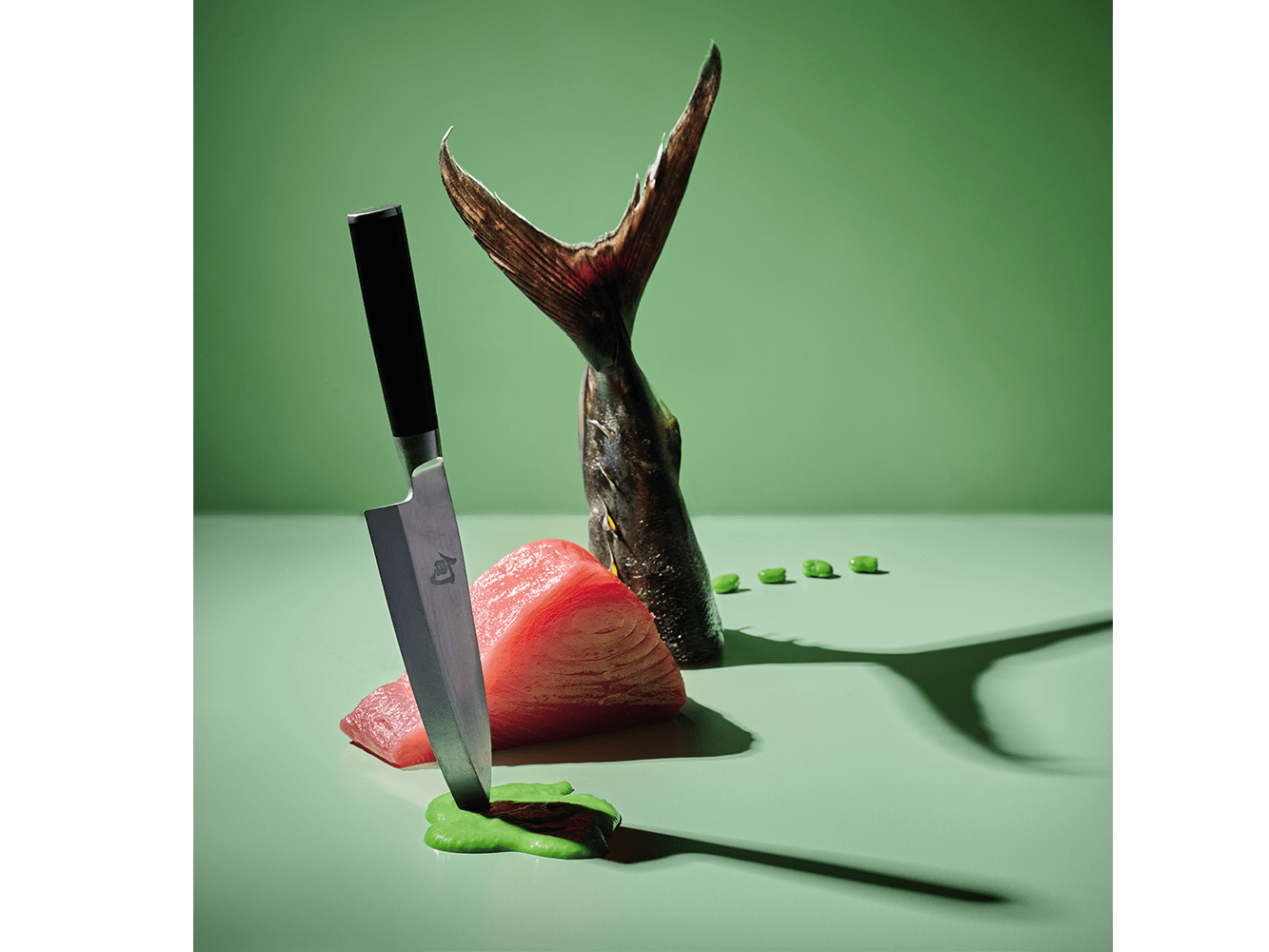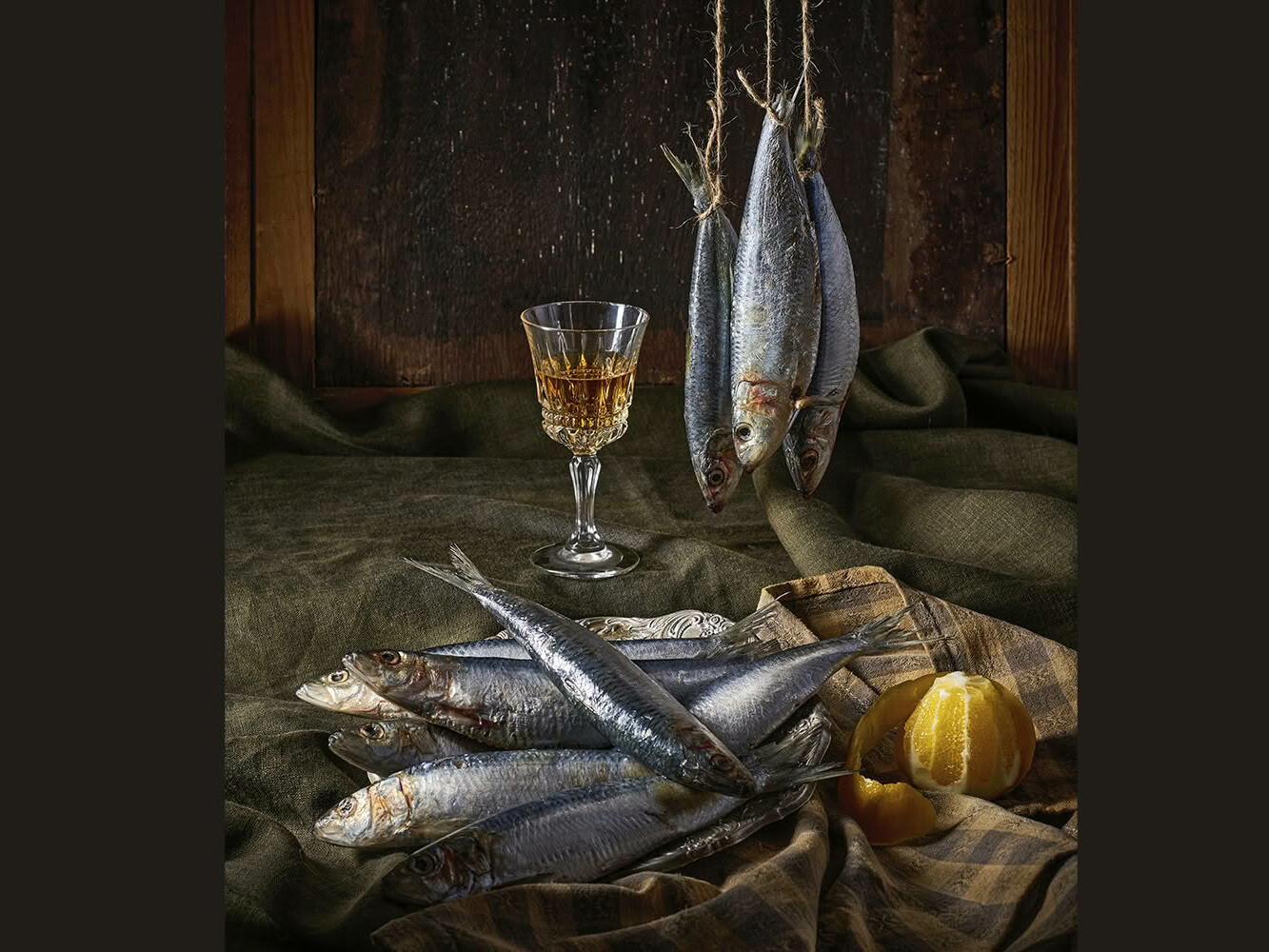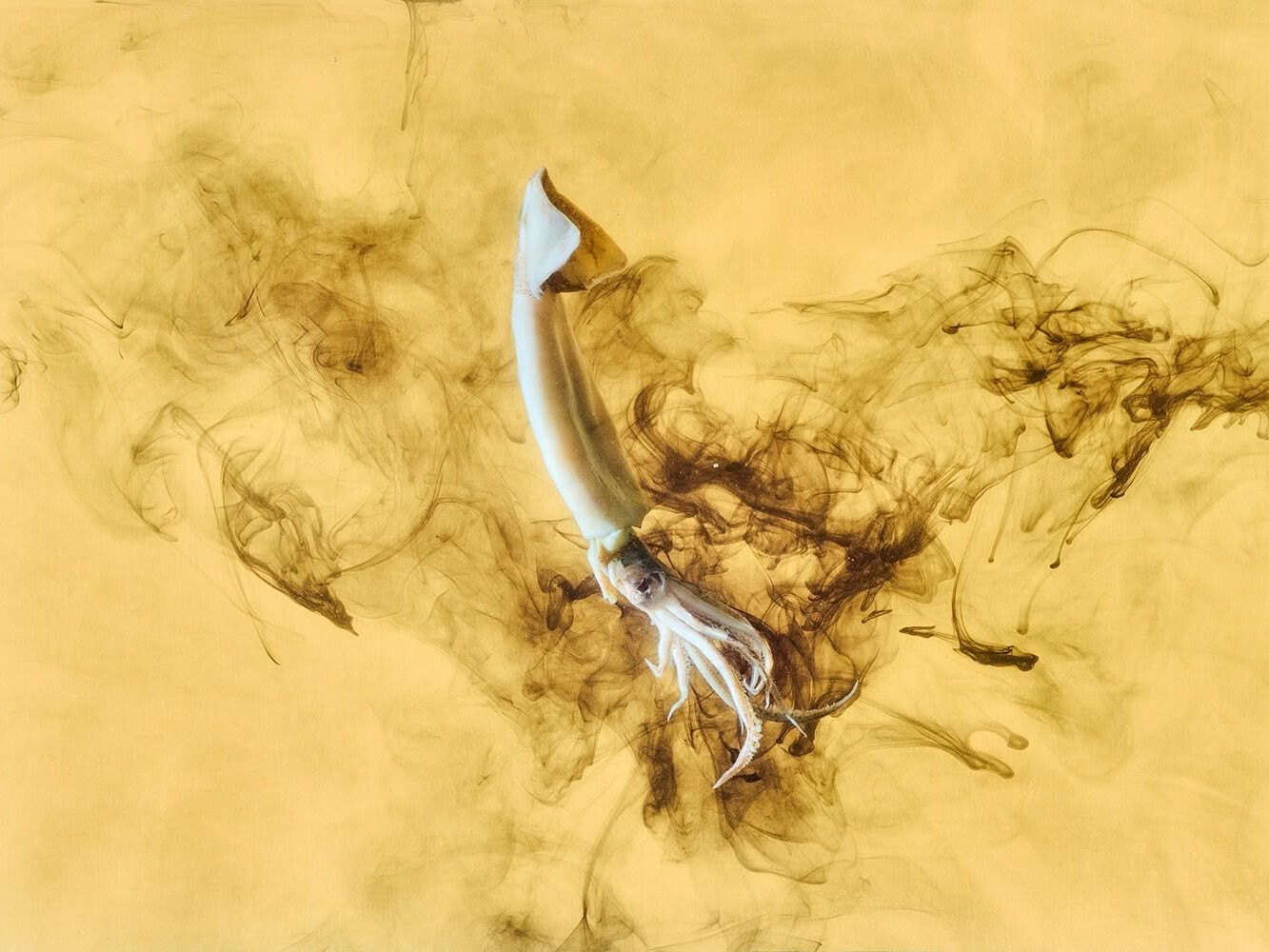Let’s talk about caviar. The real stuff, that is, not the sad little blobs of dyed, fishy lumpfish goo that some misguided soul has smeared on a canapé thinking it’s fancy. It’s the proper, glistening, steel-grey pearls of salt-cured sturgeon roe that I mean; the kind that makes grown adults go weak at the knees and finance their habit in ways that should probably require legal advice.
It’s one of those foods that exists in a rarefied space – equal parts luxury and controversy. The fact that a tin of good caviar costs more than a reasonable night out, isn’t just about scarcity: it’s a tale of a prehistoric, slow-growing fish, of history, craftsmanship and the reality that true sturgeon caviar – the kind that gets real aficionados swooning – takes time, decades in some cases.
Of course, with luxury comes, well, complications. For years wild sturgeon were fished to the brink of extinction and the Caspian Sea, once the spiritual home of the world’s best caviar, became an overexploited mess. Now, modern aquaculture farms in Europe, the US and even Australia, produce ethical caviar without depleting wild stocks.
Let’s be clear, farmed sturgeon is the future. It must be as the best producers mimic the wild environment as closely as possible, resulting in a caviar that’s as close to the real deal as you can legally (and morally) get. The top-end stuff? It’s extraordinary. But sturgeon isn’t the only player in the game. Enter New Zealand’s Whitebait Kōkopu Caviar (caviarclub.nz), a local delicacy that’s turning heads. Unlike the traditional dark pearls of sturgeon, whitebait roe is delicate, golden and subtle – more refined than the bold pop of salmon roe. It’s a quiet luxury, offering a cleaner, sweeter taste. It is delicate with a freshness that makes it more versatile, something that works as well with a raw scallop as it does folded into soft, scrambled eggs. Where traditional caviar demands vodka or Champagne, whitebait roe plays well with crisp, white wines – think Marlborough sauvignon blanc.
True caviar is not an everyday thing, and nor should it be. Yarra Valley Caviar (yarravalleycaviar.com.au) produced in the pristine waters of Victoria, Australia, is a world-class alternative. Harvested from hand- milked salmon, its glistening, jewel-like eggs pop with an oceanic brightness. Yarra Valley’s commitment to sustainability is what makes it stand out – every fish is carefully reared and the roe is extracted in a way that ensures the health of the fish, rather than the industry-standard ‘one and done’ approach.
Another fine choice is Ōra King Salmon Caviar (orakingsalmon.co.nz), a luminous burst of umami-laced indulgence. Harvested from the prized Ōra King Salmon, these bright orange pearls release a silky rush of briny sweetness, a hint of the cold, fast-flowing waters they come from. Rich yet impeccably balanced, they are a chef’s dream – decadent, yet refreshingly clean.
Meanwhile, New Zealand Sturgeon Caviar (sturgeonvalley.co.nz) is a rising star in the global market. The caviar, Kaluga, is a direct cousin of the legendary Beluga, offering a similarly indulgent, buttery experience at a more approachable price point. Farmed in China using filtered water from the Yangtze River, it is imported fresh into Aotearoa New Zealand, where it undergoes an additional, meticulously controlled process – salt levels are adjusted and the caviar is carefully matured to deepen and refine its complex flavours. This unique step enhances its richness, bringing it closer to the depth and opulence of traditional Caspian caviar. Every tin is hand-packed, ensuring absolute quality control. It’s a true sturgeon experience produced with a focus on long-term sustainability, making it an exciting addition to the caviar scene.
Good caviar isn’t just about taste: it’s texture; it’s the way those tiny, perfect eggs burst against your palate, releasing an impossibly delicate combination of brine, umami and something ineffably rich. Ossietra is silky, buttery, nutty, with a whisper of the sea. Sevruga is smaller, intense, almost electric in its salinity. Beluga – the rarest and most absurdly expensive – is all creamy and subtle, and the absolute benchmark for indulgence.
The first rule of how to serve it: less is more. Forget drowning it in garnishes or – heaven forbid – mixing into a dip. The purists serve caviar on ice with a mother-of-pearl spoon (never metal, unless you want an unpleasant metallic aftertaste). If you must have a vehicle, blini or plain water crackers will do (or the duck fat roasted potato I do here). A smudge of cultured butter is fine. A whisper of crème fraîche is more than acceptable. But honestly, to my mind, just eat it straight.
This brings us to the Caviar Mafia (caviar-mania.com), the brand shaking up the old-school luxury scene with a fresh, modern attitude. Their approach is playful, bold and unapologetic – caviar piled high on potato chips, eaten straight from the tin with reckless joy, paired with espresso martinis or even as a ‘bump’ – a dollop of caviar placed upon the skin in between the thumb and forefinger and eaten off the back of one’s hand, stripping away the pomp. This embraces caviar as an experience, not just a delicacy, bringing it to a younger, edgier audience who appreciate both heritage and hedonism.
And if you are not drinking espresso martinis, you’re drinking Champagne, obviously. But the real pros know that the best pairing is a clean, icy-cold vodka, the kind that vanishes the second it hits your tongue, leaving nothing but the pure, salty brilliance of the caviar behind.
Caviar is one of those foods that transcends tastes – it’s about experience, the knowledge that you’re eating something precious. Ethical? Yes. Absolutely worth it? Well, you’ll need to try it for yourself…

